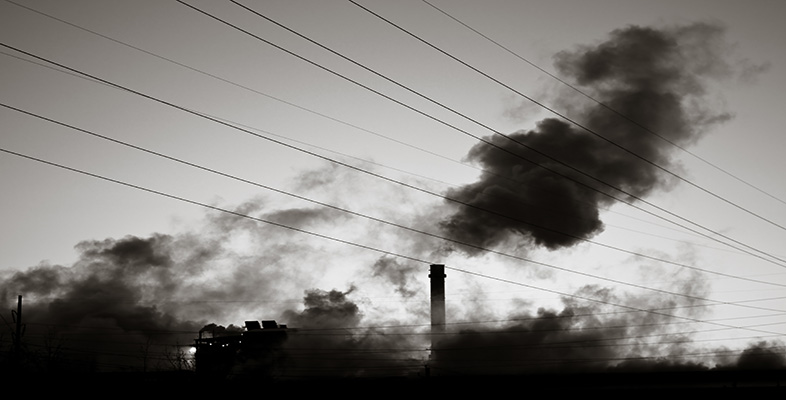From crime to social harm
The concept of ‘crime’ is most frequently conceived as a legal construction (Lacey, 2002). Among the difficulties with such a construction is its historical, geographic, and state-defined contingence. That is, what is defined as a ‘crime’ can differ according to time, place, and political decision making. Furthermore, as global social relations become more fluid, the concept of crime holds certain limitations in contemplating the range of human activities, events, and forces that may result in human suffering or environmental or global harm.
Paddy Hillyard and Steve Tombs (2007) have been influential in pushing the boundaries of how critical criminologists think about and define the concept of ‘crime’. They were among the first within criminology to engage in a thorough examination of the notion of ‘social harm’ and have suggested that it might form a broader more inclusive picture of the causes of human suffering and environmental global harm than traditional studies of ‘crime’ and ‘criminals’. What their argument offers to criminology – and social life more generally – is a more inclusive and imaginative picture of the range of harms that individuals, communities or whole societies may be subjected to. These encompass consideration of the activities of not just individuals, but also of local and national states and corporations, political regimes and ideologies, and social institutions (including criminal justice systems).
Hillyard and Tombs have critiqued aspects of ‘mainstream’ criminological enquiry for failing to ‘be self-reflective regarding the dominant, state-defined notion of “crime”’ (p. 11), and for continuing to operate under the assumption that it is possible to explain why certain people commit ‘crime’ despite the fact that ‘crime’ is a socially constructed concept. They argue that a social harm approach can, by contrast, form a basis for a more accurate picture of the range of harms and causes of human suffering that can affect people during their lifecycle (p. 18). That is not to say that the concept of ‘social harm’ is without analytic problems in its definition. It is, admittedly, broad and may include anything from physical to financial, social, or cultural damage. In this sense, ‘harm’ is no more definable than ‘crime’. However, as Hillyard and Tombs argue, unlike ‘crime’, the concept of harm can be constituted primarily by its operationalisation, rather than a strictly defined legal system. That is, ‘harm’ can primarily be defined as such by those who have experienced or witnessed it. The concept of harm, therefore, may be more responsive to considering the range of causes of human suffering than the concept of ‘crime’.
